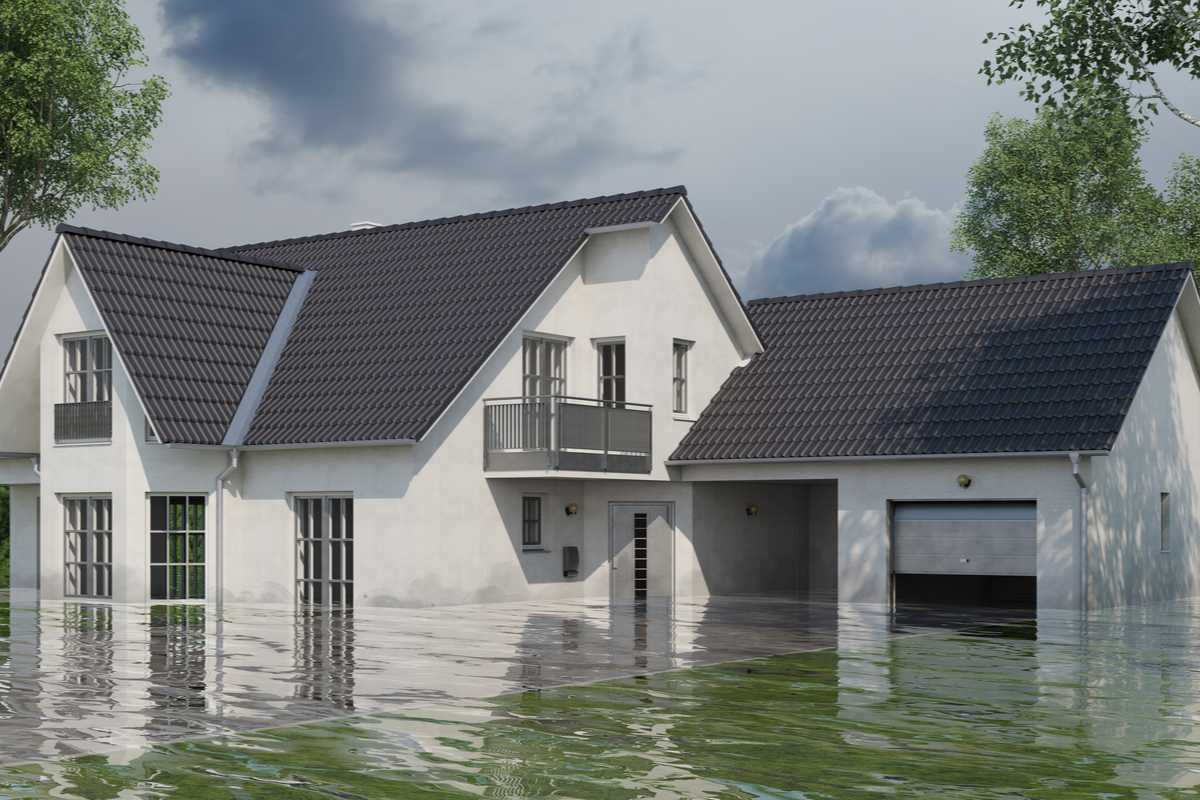Floods are devastating. They pose a danger to the lives of entire communities and bring with them many risks to your doorstep. Floodwaters are very forceful and can sweep even vehicles away. So, imagine the kind of objects lying in the water during or after the flood. Worse still, some families have lost loved ones and their homes to floods.
Having to clean up after the fact is emotionally tasking for most families involved, and requesting the services of a professional cleaning crew may be your best option. They are thorough and meticulous and use proper gear to restore your home as it was before the flood.
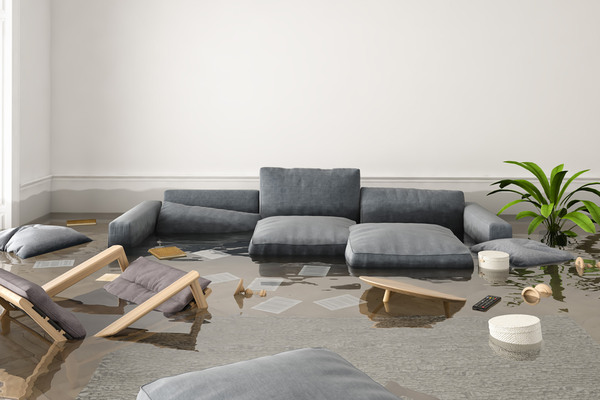
Flood damage results in many dangers, most of them brought by the water. The risk of diseases and toxic chemicals in the water is genuine. Also, displaced animals may find their way to your home, not to mention the dangerous debris that can pose a serious health hazard to your body.
Here we will discuss the dangers of flood damage and how proper tools and knowledge are essential in the cleanup.
Dangers That Flood Damage Pose
While some dangers posed by flood damage may be obvious, others require a trained eye to identify. It is not advisable to wade through the waters and waiting for an evacuation team to take you to safety is best. The cleaning staff evaluates the site for dangers before beginning their work. It is the only way to prepare and mitigate the risks present in the home.
The following list highlights the risks your home may harbor during and after flooding.
1. Chemical Toxins And Hazardous Waste
Floodwaters pick a lot of toxins along the way: oil and gas leaks, household chemicals and cleaning solutions, and industrial chemicals from nearby plants. Depending on the site’s location, pesticides and flammable liquids may also be present in the water. Compromised plumbing also results in sewage mixing with the water as well as carcasses of dead animals.
You want to avoid wading through the murky water unprotected since contact with any of these toxins is dangerous.
It takes a trained professional to identify chemicals and safely dispose of them. Proper tools and protective gear are essential in protecting the cleanup crew. Often you will not find some of the equipment lying around the house. Training on identifying chemicals is also vital to ensure you use the right cleaning products. Mixing some industrial chemicals with cleaning products could have disastrous results.
2. Bacteria And Germs
Floodwaters harbor a myriad of disease-causing bacteria and germs. You can expect to find giardia, E-coli, salmonella, and legionella. Unless the water is tested and certified safe, even your drinking water is not safe after a flood. The bacteria and germs are responsible for gastroenteritis and legionnaires disease.
Swallowing the water can spell doom, and skin infection cases caused by the flesh-eating bacteria have been reported after contact with floodwaters. Since treatment may be a problem in such cases, the best thing is not to return your home until a professional crew does the cleaning.
Staff with open wounds, cuts, or sores should not expose them to the water. It can have serious consequences, such as worsening the injury. Ensure the open wound is covered and layer on waterproof protective clothing.
3. Sharp Objects
Nails and broken glass can give nasty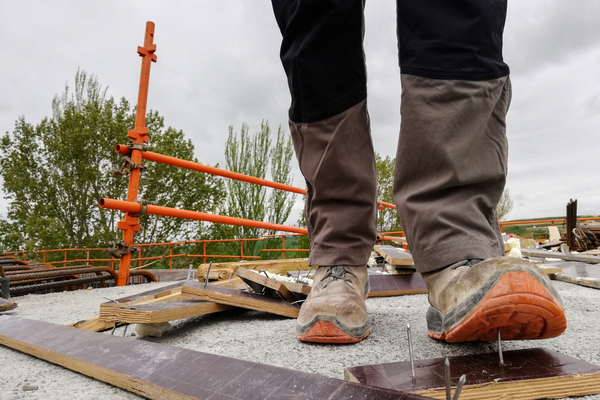 cuts if your feet are not protected. Ordinary shoes are not going to be much help and since these objects are usually hidden from view, wading through the water unprotected is a no-no. If you are not careful, you could contract diseases like tetanus, hepatitis, and other blood infections.
cuts if your feet are not protected. Ordinary shoes are not going to be much help and since these objects are usually hidden from view, wading through the water unprotected is a no-no. If you are not careful, you could contract diseases like tetanus, hepatitis, and other blood infections.
According to the CDC, standard steel-toed boots are recommended for professionals cleaning flooded homes.
4. Ants And Poisonous Insects
If you have never encountered fire ant bites, it’s not an experience one would wish on anyone. They hurt and can be fatal. The tiny creatures survive floods by coming together and forming large masses that float on the water. They may look like another piece of debris from a distance, but they are looking for something solid to climb out of the water. You don’t want it to be you, especially without protective gear.
Your only option is to brush them off and get far away from them. Never jump into the water to try and drown fire ants as they can survive underwater for several minutes.
Floodwaters cause an increase in the mosquito population since there are plenty of places to breed. Covering your body protects you from bites during cleanup. Their bite can cause zika virus, dengue fever, and chikungunya.
5. Displaced Wildlife
If you live in an area with wildlife nearby, the floods may have displaced them. It is not uncommon for animals such as snakes, alligators, and rodents, among others, to end up in homes after a hurricane. These animals are in a stressed state and dangerous. Without proper training and equipment, you should not attempt to deal with them, or they may bite.
You may need to bring proper animal control equipment to trap some of these animals. Bites from snakes may be poisonous, and you should tread carefully. Training should involve identifying the expected risks in an area even before going there.
6. Unstable Structure
Floodwaters bring debris that destroys or destabilizes buildings. Once you have evacuated from a flooded area, it is unwise to return unless the building is declared safe. A trained cleaning crew will know the signs to look for and have a standard protocol to follow to ensure their safety. For instance, they know where to inspect for cracks in the building foundation to determine stability.
7. Damaged Power Cables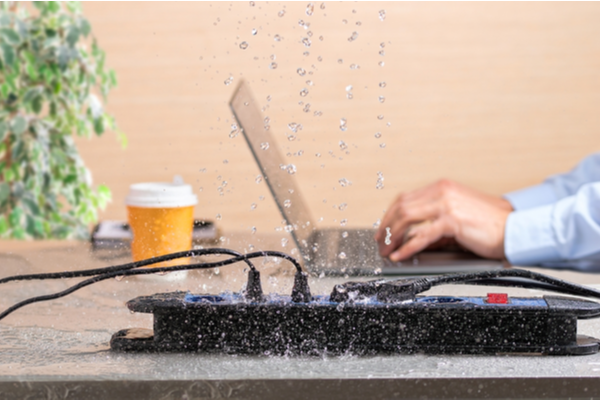
Another danger posed by flood damage is downed power cables and electrical equipment. Unless the staff receives training on dealing with such, they could be dangerous.
Professionals know how to test the water for any electric charge before proceeding with any cleaning. The protective gear should be electrically insulated to protect you from being shocked.
8. Mold
Mold thrives in moist conditions with low light. It grows on almost any building material, making it a real risk during floods. When breathed in or in contact with skin, mold spores can cause infections on the skin, eyes, and nasal passage. Mold spores are also allergens.
Covering the nose and mouth with a mask while cleaning a mold-infested home is necessary.
Cleaning Flood Damage: The Importance of Proper Tools and Knowledge
To ensure the safety of your cleaning crew, you must provide the proper tools and equipment. Protective gear is not an option as it may be the only barrier to nasty the disease-causing organisms and chemicals in the water.
Proper Tools And Equipment
In areas where toxic chemicals are suspected, have a face mask that protects against fumes. When these chemicals mix with household chemicals, they may react, resulting in fumes. Covering your nose and mouth using a mask ensures you do not inhale the fumes. Use a high-grade mask, or if the situation warrants it, a ventilated mask that protects the entire head but allows airflow will be better.
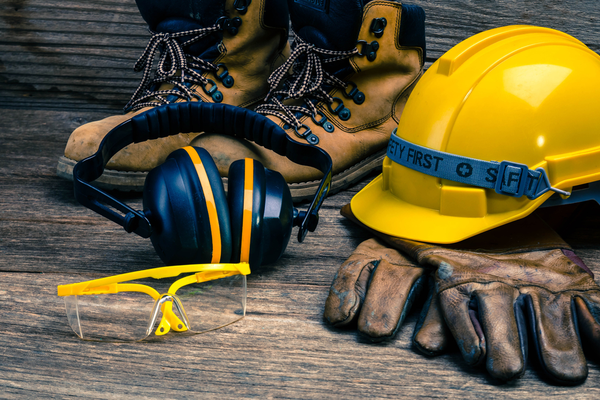
Since many dangerous sharp objects may have been carried to homes by floodwaters, ensure you protect your feet before wading through a flood-damaged house. The CDC recommends electrically insulated waterproof boots with steel shank, insole, and toe. Wearing heavy waterproof gloves is a must to prevent cuts to the hands.
OSHA recommends an American National Standards Institute’s (ANSI) hardhat to protect the head against falling debris if the building seems unstable. You may also need goggles, safety glasses, or a full face shield in some conditions. If you suspect the presence of certain chemicals and mold, respirators may be necessary to avoid contamination.
Under protective clothing, one should wear a long-sleeved shirt and pants.
A pump is also necessary when cleaning flood-damaged homes to get rid of water in areas such as basements.
Training
Cleaning a flood damage situation requires proper training before sending any crew out there. The staff must identify the various risks present and know how to clean the home safely. You must provide appropriate disposal bags for biohazardous waste.
Protocols for cleaning homes devastated by flood damage have been put in place to ensure the safety of all involved. To avoid accidents, all the cleaning team members should know the set procedures from arrival at the site until you finish cleaning.
Also, your staff needs to know how long one can stay in a confined space without ventilation when they are in PPEs—full face masks, rubber boots, and protective clothing. The gear causes a temperature rise, which can be harmful. Respirators may also be needed if oxygen is deficient.
Knowing when one requires such equipment should be engrained in every team member.
Regardless of what caused flood damage to your home, dealing with the aftermath is difficult. Having to come to terms with the condition the storm or hurricane leaves can be a bitter pill to swallow. We understand it can be emotionally draining having to cleanup yourself. You need the services of a well-trained and adequately equipped cleaning crew to help you out. Contact us, and we’ll call you to discuss how we can help.

